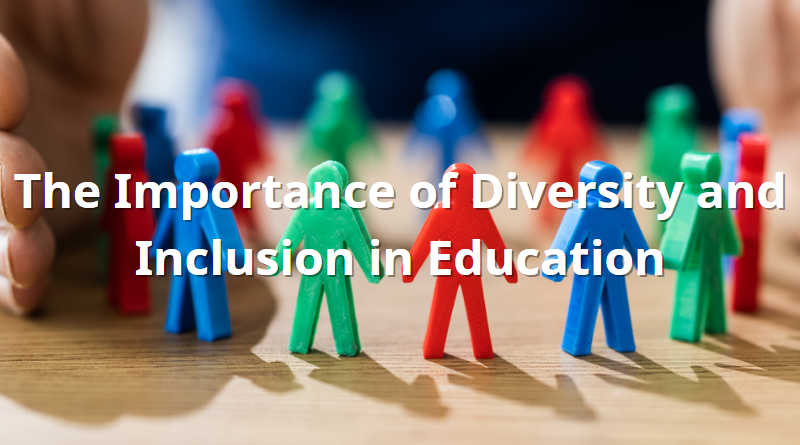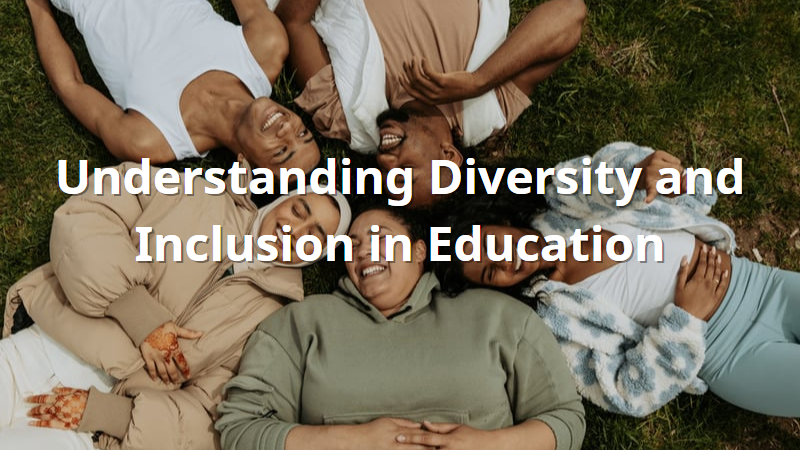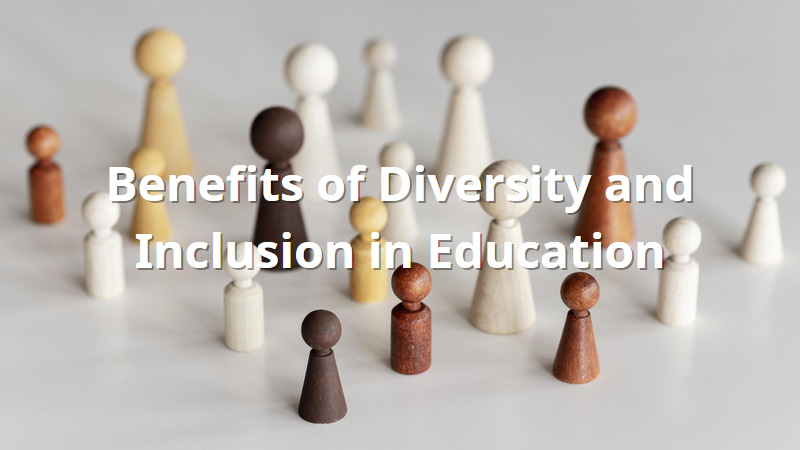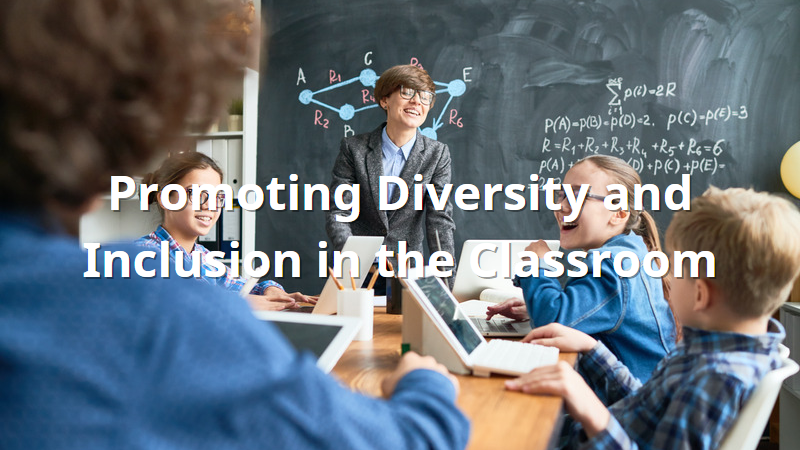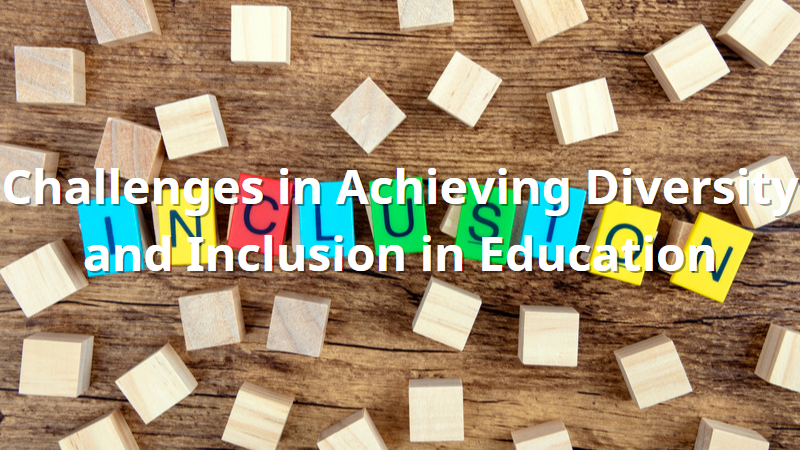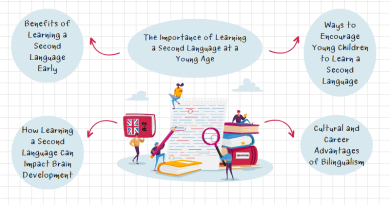The Importance of Diversity and Inclusion in Education
The Importance of Diversity and Inclusion in Education. Education plays a vital role in shaping individuals and societies, and the importance of diversity and inclusion in education cannot be overstated. As our communities become increasingly diverse, it is essential that our education system reflects and embraces this diversity. Inclusive and diverse education provides students with the opportunity to learn about different perspectives and experiences, fosters mutual respect and empathy, and prepares them for success in a globalized world. In this context, it is critical to examine the importance of diversity and inclusion in education, the benefits they bring, the challenges they pose, and strategies to achieve them.
Understanding diversity and inclusion in education is essential for creating a learning environment that respects and values the differences among students, teachers, and staff. Diversity refers to the presence of individuals with different identities, cultures, backgrounds, and abilities. Inclusion, on the other hand, is the active and intentional effort to create an environment where everyone feels welcomed, respected, and supported.
Diversity and inclusion are crucial for achieving equity in education, ensuring that every student has equal opportunities to learn and succeed. Inclusive classrooms embrace different perspectives and encourage students to share their experiences and opinions, fostering critical thinking and creativity. Moreover, inclusive education provides students with the skills and attitudes necessary to navigate and contribute to a diverse and interconnected world.
To achieve diversity and inclusion in education, it is necessary to examine the barriers and challenges that prevent their full realization, such as bias, discrimination, and systemic inequalities. Addressing these challenges requires a commitment to equity, social justice, and the development of policies, programs, and practices that promote diversity and inclusion.
There are numerous benefits of diversity and inclusion in education that can positively impact students, teachers, and society as a whole. Here are some of the key benefits:
- Enhanced Learning: Inclusive and diverse classrooms create an environment that encourages students to explore different perspectives and ideas, promoting critical thinking, problem-solving, and creativity.
- Improved Academic Performance: Studies have shown that students in diverse and inclusive classrooms perform better academically. Exposure to different cultures and viewpoints can enhance cognitive and social development, leading to improved academic outcomes.
- Cultural Competence: Exposure to diverse perspectives and cultures helps students develop cultural competence, which is essential in a globalized world. Cultural competence allows students to effectively communicate and work with people from different backgrounds and cultures.
- Reduced Stereotyping and Prejudice: Inclusive education helps to reduce stereotypes and prejudice by promoting mutual respect and understanding among students. This can lead to increased empathy, tolerance, and acceptance of differences.
- Better Preparation for the Workforce: As workplaces become more diverse, students who have had exposure to diversity and inclusion in education are better prepared to navigate and contribute to diverse teams and organizations.
3. Promoting Diversity and Inclusion in the Classroom
Promoting diversity and inclusion in the classroom is essential for creating an environment where every student feels welcomed, respected, and supported. Here are some strategies that teachers can use to promote diversity and inclusion in the classroom:
- Develop an Inclusive Curriculum: Teachers can incorporate diverse perspectives, experiences, and cultures into the curriculum, ensuring that all students are represented and can see themselves in the material being taught.
- Create a Safe and Welcoming Environment: Teachers can create a welcoming and safe environment where all students feel comfortable expressing themselves and sharing their thoughts and ideas.
- Encourage Dialogue and Collaboration: Teachers can encourage dialogue and collaboration among students, promoting the exchange of different perspectives and ideas.
- Address Bias and Stereotypes: Teachers can address bias and stereotypes by discussing them with students and promoting critical thinking about their origins and impacts.
- Celebrate Diversity: Teachers can celebrate diversity by highlighting different cultures, traditions, and holidays throughout the year and acknowledging the contributions of historically marginalized groups.
- Provide Support for Students with Disabilities: Teachers can provide support for students with disabilities by creating accommodations and modifications to the curriculum and classroom environment.
4. Challenges in Achieving Diversity and Inclusion in Education
While diversity and inclusion in education are essential for promoting equity and ensuring that all students have equal opportunities to learn and succeed, there are many challenges that can hinder their full realization. Here are some of the key challenges:
- Bias and Discrimination: Bias and discrimination based on race, gender, religion, sexual orientation, ability, and other factors can create barriers to inclusion and limit opportunities for certain groups of students.
- Lack of Resources: Schools with limited resources may struggle to provide accommodations and support for students from diverse backgrounds, leading to disparities in academic outcomes.
- Resistance to Change: Resistance to change from educators, administrators, and other stakeholders can hinder efforts to promote diversity and inclusion in education.
- Inadequate Teacher Training: Teachers may lack the training and support necessary to effectively teach diverse student populations and create an inclusive learning environment.
- Systemic Inequalities: Systemic inequalities in education, such as unequal access to resources and funding, can perpetuate disparities and limit opportunities for marginalized groups of students.
- Language Barriers: Language barriers can create challenges for students who are not fluent in the language of instruction, limiting their ability to fully participate in the classroom and engage with the material.
5. Strategies for Enhancing Diversity and Inclusion in Education
Promoting diversity and inclusion in education requires a comprehensive approach that involves all stakeholders, including students, families, educators, and community members. Here are some strategies that can enhance diversity and inclusion in education:
- Develop Culturally Responsive Pedagogy: Teachers can use culturally responsive pedagogy to incorporate students’ cultural backgrounds and experiences into the curriculum and teaching methods.
- Provide Professional Development: Schools and districts can provide ongoing professional development to educators on topics such as cultural competence, inclusive teaching practices, and addressing bias and discrimination.
- Increase Diversity in the Teaching Workforce: Recruiting and retaining a diverse teaching workforce can provide students with role models and mentors from a variety of backgrounds, and can help promote a more inclusive learning environment.
- Create Inclusive School Policies: Schools and districts can develop policies that promote equity and inclusion, such as anti-bullying policies, gender-neutral restrooms, and inclusive curricula.
- Involve Families and Communities: Schools can involve families and communities in the education process, encouraging them to share their knowledge and experiences, and promoting partnerships that support students’ academic and social development.
- Create Safe Spaces: Schools can create safe spaces where students from diverse backgrounds can come together, share their experiences, and support one another.
- Use Technology to Enhance Inclusion: Technology can be used to create inclusive learning environments, such as providing closed-captioning for videos, using translation software, and incorporating digital media that represents diverse perspectives.
By implementing these strategies, schools and districts can enhance diversity and inclusion in education and create learning environments where all students feel valued, respected, and supported.

